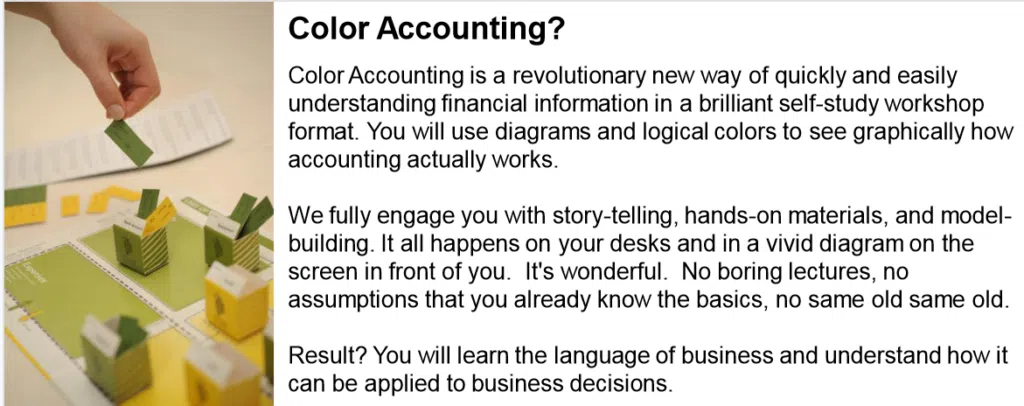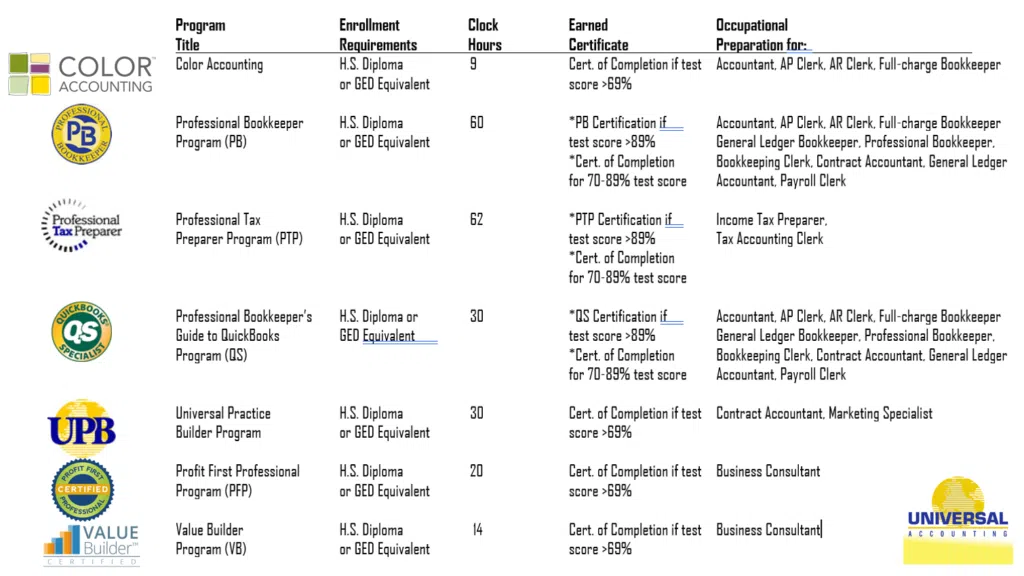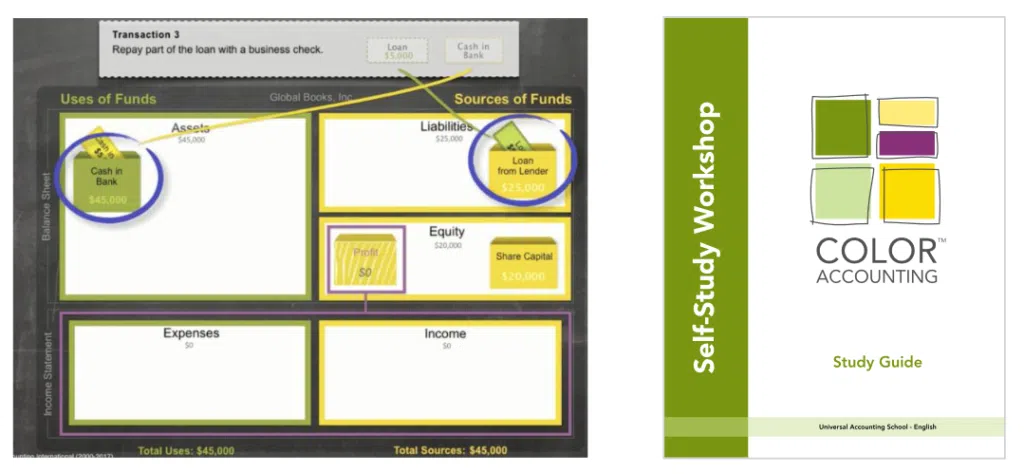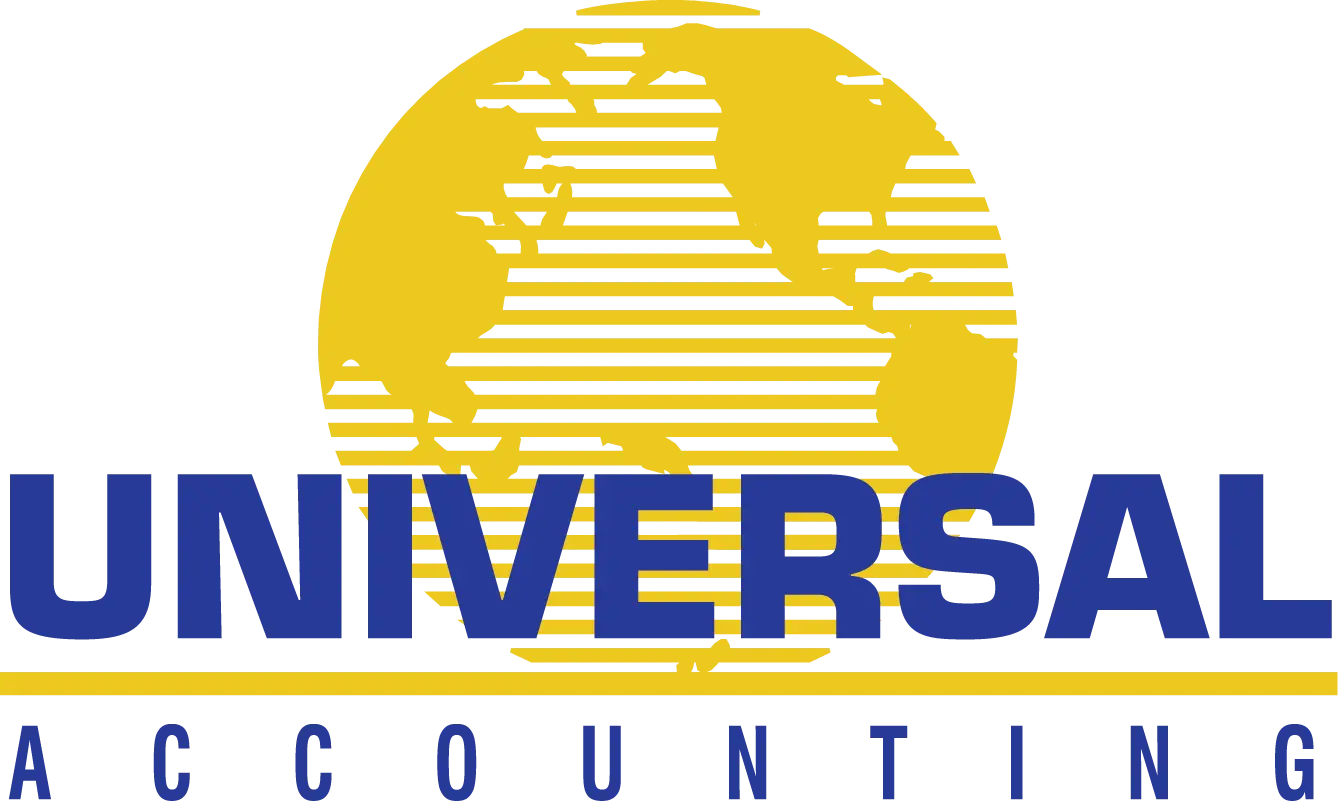


What is Color Accounting anyway? Color Accounting, as explained by one of our Partners:
”We use color to augment how financial statements are presented, and the graphical format that results (the BaSIS Framework) helps the learner to visualize the Balance Sheet and Income Statement in a more memorable way. There is neurological evidence that most people “do colors” better than lefts and rights and ups and downs. Specifically, the use of green and yellow represents debits and credits, which can often confuse people very early in the process of learning accounting in a traditional manner. With traditional T-accounts, one must have a very good handle on lefts and rights for debits and credits. You can left a left, right a right, left a right, and right a left. Directions make poor substitutes for quantifications. The way the coded colors are used in Color Accounting removes this confusion. ‘Same color’ means the account increases, and ‘different color’ is code for decrease. As the student is not distracted by the confusion often associated with learning debits and credits, they can more quickly make sense of the key learning areas of Structure and Language. Finally, the use of purple represents Profit. The way purple is used in the BaSIS Framework explains how the Income Statement connects to the Balance Sheet. This umbilical-like relationship, once seen and experienced is hugely memorable, and something that even accountants may not have truly ‘got’ when they studied. There are other more subtle reasons, such as how the colors reinforce the inherent ‘duality’ that exists in accounting, etc. The utility of colors in this system is profound enough to have garnered patents for its inventors.”


- Making more effective business decisions
- Developing a deep understanding of the Balance Sheet
- Deriving the Income Statement and understanding how it connects with the Balance Sheet
- Clearly and unforgettably defining assets, liabilities, equity, revenue & expenses
- Integrating these five elements into a holistic view called the BaSIS Framework™
- Recording transactions using the journal and general ledger
- Understanding the Value Cycle of business
- Practicing financial communication: grasping not only terminology but also the ambiguity of terms and communication pitfalls
- Analyzing financial statements of a business and identifying risk areas, performance changes, opportunities for improvement
- Calculating financial measures including RIO
- Preparing budgets and forecasts
- Students about to understand bookkeeping or accounting courses such as The Professional Bookkeeper (PB), The Professional Bookkeepers Guide to QuickBooks (QS), The Professional Tax Preparer Program (PTP), Profit First (PFP) and the Value Builder (VB) programs.

– Self-paced online course to become comfortable with the use & application of accounting in business
The training includes:
- Sixty instruction videos, online quizzes, and student forum
- Downloadable Study Guide for each lesson with BaSIS worksheet, e-textbook, BaSIS Framework™
- You’ll have an assigned Academic Coach & Tutor for support


Ken Bostrom has been an instructor, coach, and officer of Universal Accounting Center for nearly three decades. He has seen Universal Accounting Center grow from a small local brick-and-mortar accounting training school to an international provider of cutting edge, online certification training for accounting professionals to start and grow their own bookkeeping, accounting, and tax practices. Ken is the author behind our Professional Bookkeeper’s Guide to QuickBooks, as well as its annual updates. You could say Ken wrote the book on how to use QuickBooks to get more done in less time and to become a Profit and Growth Expert. He is a certified Color Accounting instructor, QuickBooks Specialist, and a QuickBooks Pro Advisor.
Color Accounting is a revolutionary new way of learning about accounting. For tens of thousands of students, managers, lawyers, and leaders… from Australia to San Francisco… Color Accounting has had a life-changing impact on their skill, confidence, communication, and success.
 When you sign-up for and enroll in the Color Accounting Self-Study program you will be shipped your own personal BaSIS board. This valuable pack contains your BaSIS Framework™ and self-study materials. Your course portal will contain everything else you need: a downloadable Study Guide for each lesson, more than 9 hours of instruction in 60 videos (most quite brief), online quizzes, a student forum and access to a qualified accountant for support. In this self-study version Mark Robilliard said it best – “All the best attributes of the acclaimed classroom-based workshop, but in the convenience of your own time.”
When you sign-up for and enroll in the Color Accounting Self-Study program you will be shipped your own personal BaSIS board. This valuable pack contains your BaSIS Framework™ and self-study materials. Your course portal will contain everything else you need: a downloadable Study Guide for each lesson, more than 9 hours of instruction in 60 videos (most quite brief), online quizzes, a student forum and access to a qualified accountant for support. In this self-study version Mark Robilliard said it best – “All the best attributes of the acclaimed classroom-based workshop, but in the convenience of your own time.” 


Some background
 Color Accounting is a representation, explanatory, and therefore, educational technology. It has been evolving for over twenty years. It was enabled by the advent of technologies, such as color printing and desktop publishing software. Its time had come. Color Accounting was initially used as an adult accelerated learning system for corporate education in the workplace. Neurological research has backed up what Color Accounting practitioners have noticed: that humans respond quicker to conceptual information presented graphically and spatially. It became obvious, early on, that Color Accounting would benefit younger learners using traditional curricula in schools and colleges too. After introducing Color Accounting into secondary and tertiary schools, new evidence quickly mounted that color, graphics, and illuminated plain language create a step-change in student learning and teacher effectiveness. Many examples continue to show that Color Accounting enhances traditional accounting courses. In one high school accounting went from a nearly canceled subject to one of the most popular electives in the space of one year.
Color Accounting is a representation, explanatory, and therefore, educational technology. It has been evolving for over twenty years. It was enabled by the advent of technologies, such as color printing and desktop publishing software. Its time had come. Color Accounting was initially used as an adult accelerated learning system for corporate education in the workplace. Neurological research has backed up what Color Accounting practitioners have noticed: that humans respond quicker to conceptual information presented graphically and spatially. It became obvious, early on, that Color Accounting would benefit younger learners using traditional curricula in schools and colleges too. After introducing Color Accounting into secondary and tertiary schools, new evidence quickly mounted that color, graphics, and illuminated plain language create a step-change in student learning and teacher effectiveness. Many examples continue to show that Color Accounting enhances traditional accounting courses. In one high school accounting went from a nearly canceled subject to one of the most popular electives in the space of one year. Color Accounting International





Save Save Save Save Save Save Save Save






